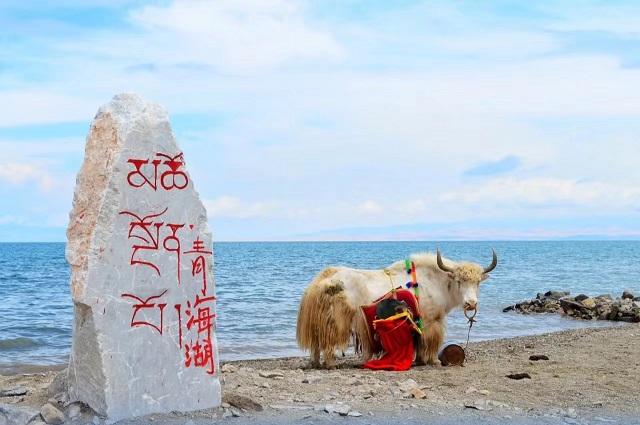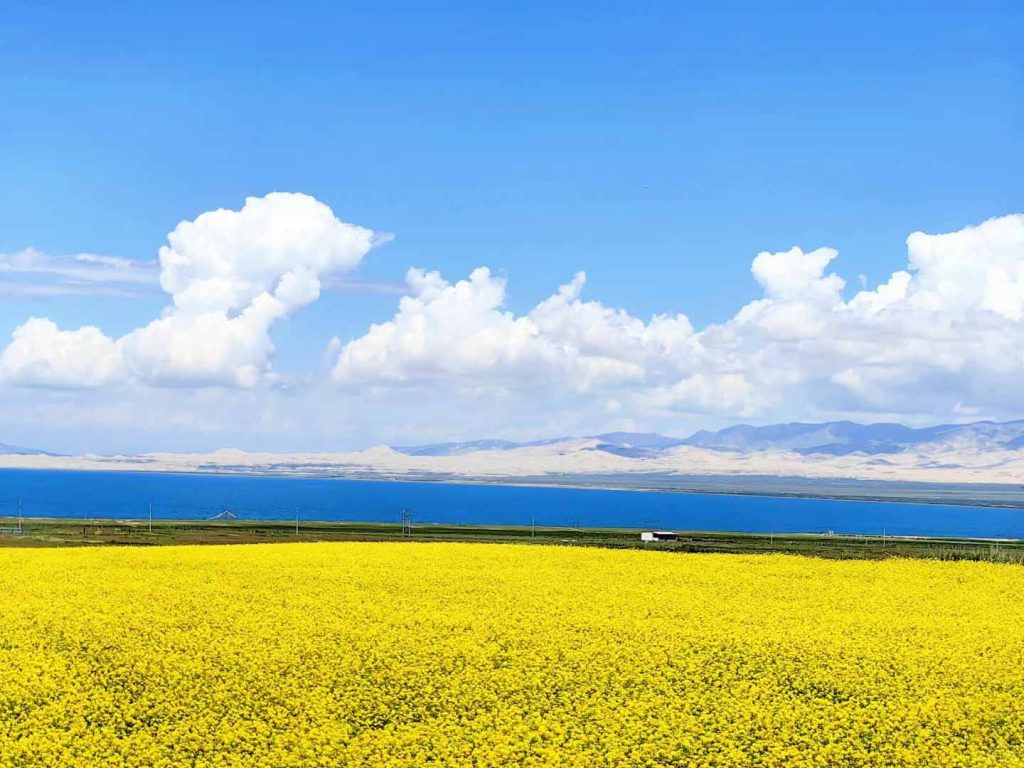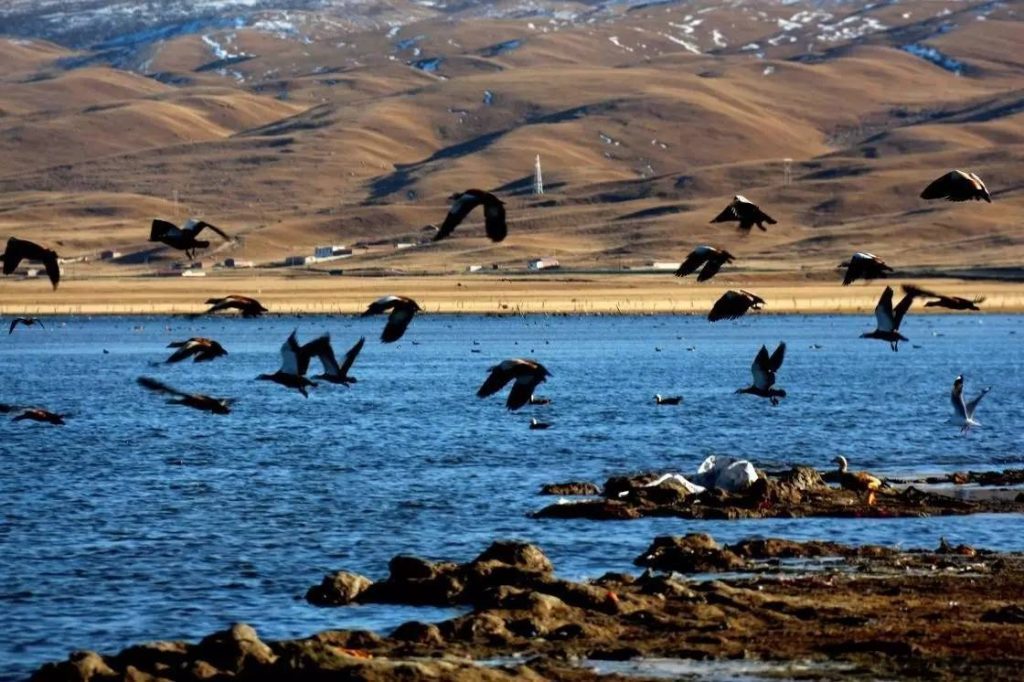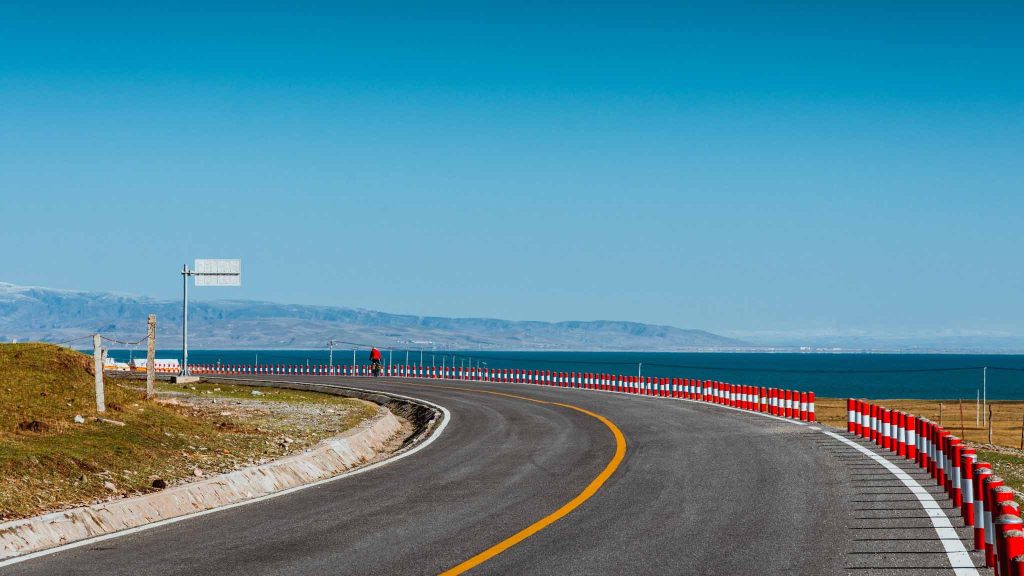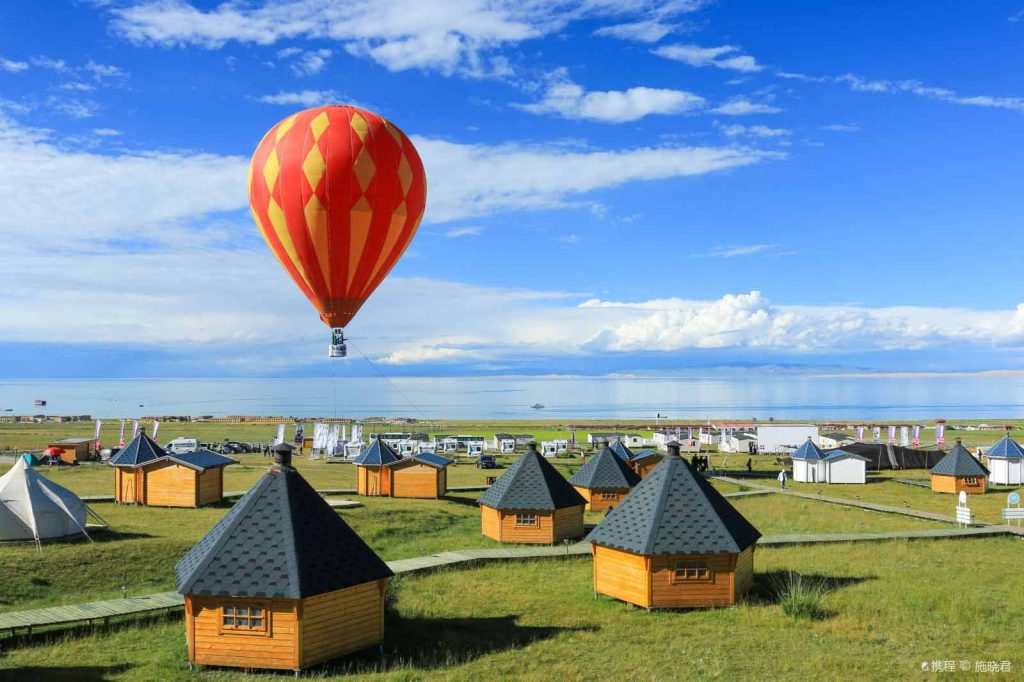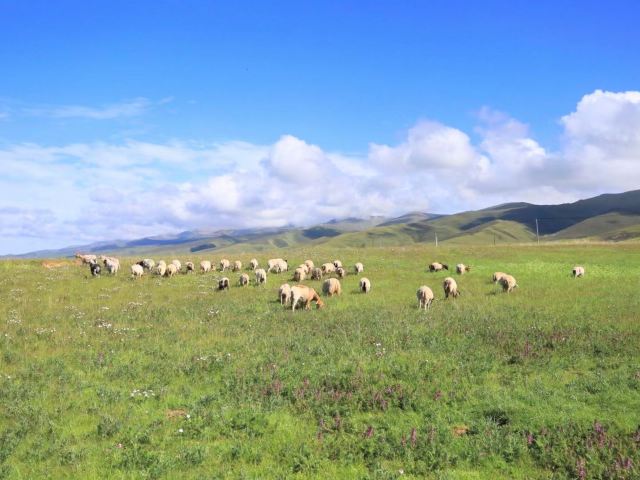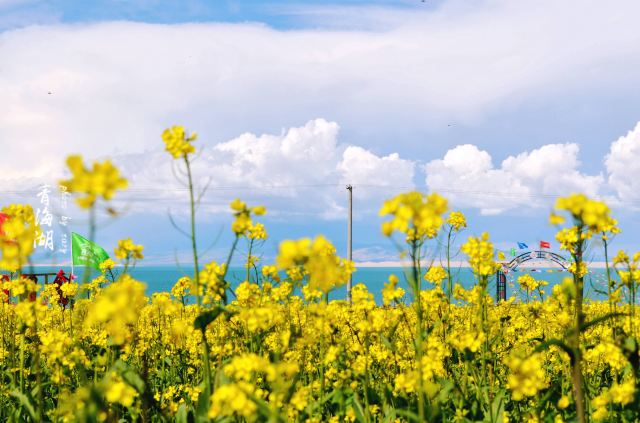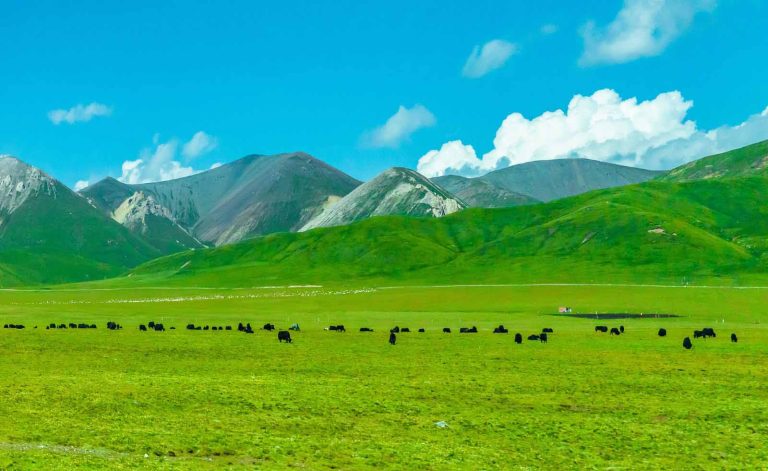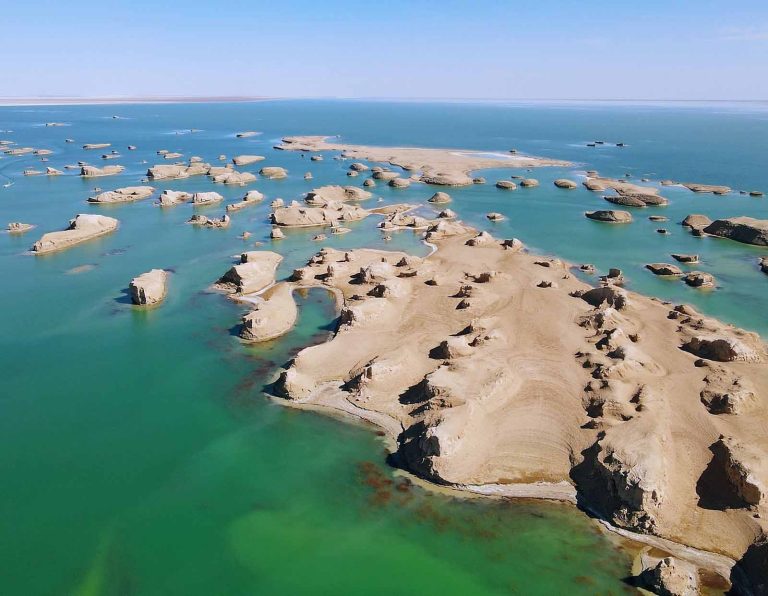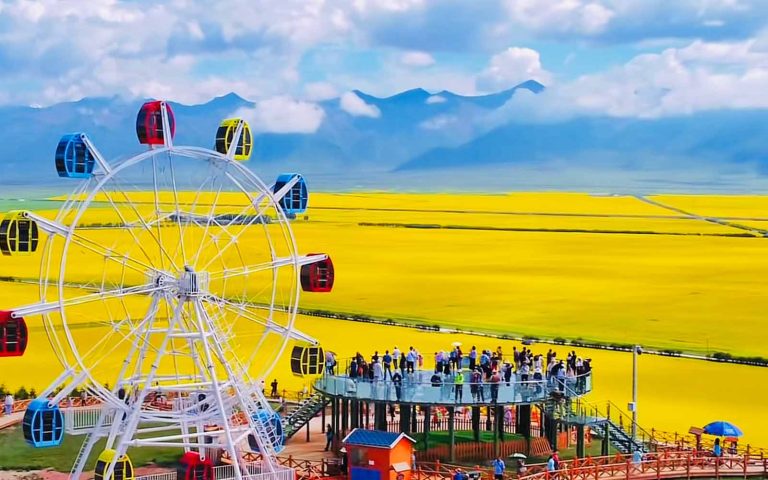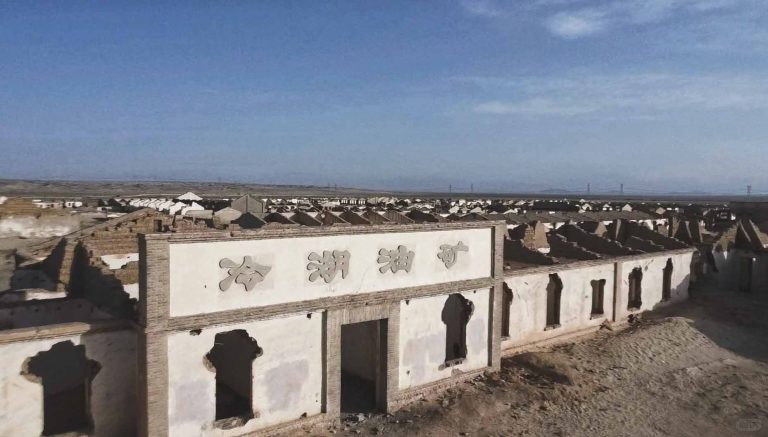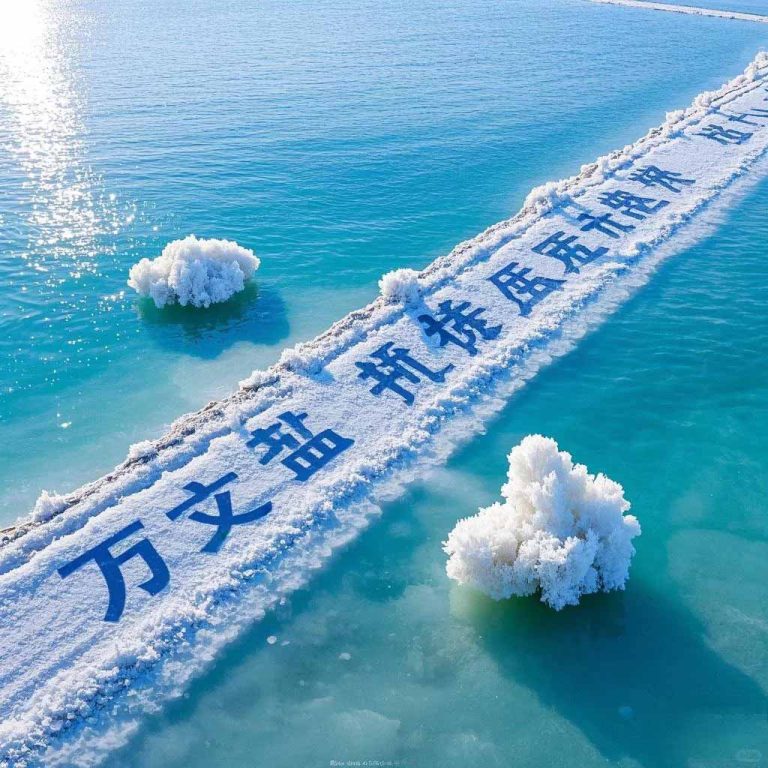address
North side of National Highway 109, Gangcha County, Haibei Tibetan Autonomous Prefecture
Opening hours
Open all day throughout the year
Official phone number
Ticketing consultation: 0974-7553999; 0974-8519826
In the vast heavens and the earth in the northeast of the Qinghai-Tibet Plateau, there is a bright “blue gem”-Qinghai Lake lying quietly. It is called “Tsowenbu” in Tibetan, which means “cyan sea”, and ‘Kunor’ in Mongolian, which is named after the pure and deep blue. As the largest inland saltwater lake in China, this water area across four counties is not only a carrier of geographical wonders, but also a spiritual home where ecology and humanities are intertwined. It has been listed on the list of internationally important wetlands since 1992.
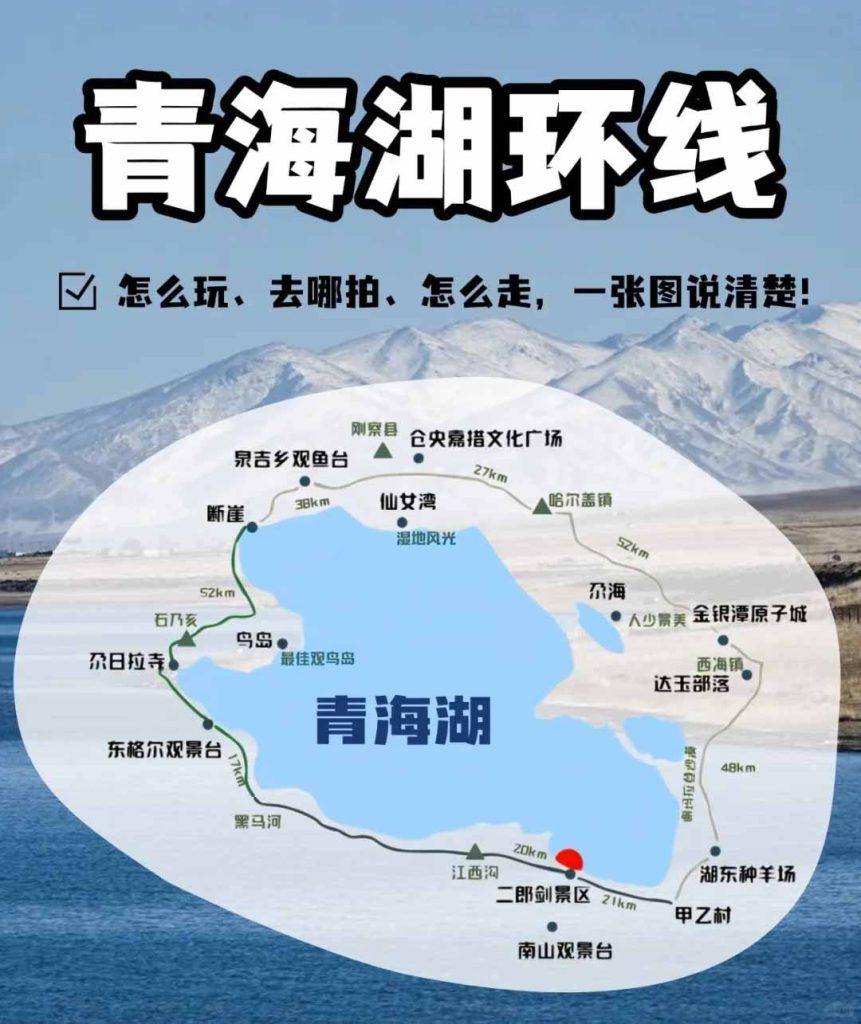
1. Core overview: The magnificent gift of nature
The magnificence of Qinghai Lake stems from the ingenuity of nature. As a tectonic fault-trapping lake, it was formed during geological movements 2 million years ago. Today, the lake is 3,193 meters above sea level, about 104 kilometers long from east to west, 68 kilometers wide from north to south, and has a water area of 4,301.69 square kilometers, which is equivalent to the size of 700 West lakes. The unique enclosed water system allows the lake to have a salt content of 1.24%, coupled with the scarcity of plankton and a transparency of 8-9 meters, creating its iconic blue color that is deeper than the sky and purer than the ocean.
In this 4,952-square-kilometer nature reserve, there are not only vast lakes, but also diverse landforms such as swamps, wetlands, grasslands, and islands, which are rich in life. The lake is rich in naked carp, commonly known as “Huangyu”. There used to be a scene of “a net of a thousand catties”, and the migratory birds that migrate every year and the Platypus wildebeest walking on the shore make it a treasure trove of ecological observations.
2. Geographical location: the geographic coordinates of the plateau
Qinghai Lake is located in the northeast of Qinghai Province, surrounded by Datong Mountain, Sunyue Mountain and Nanshan Mountain in Qinghai. Its geographical coordinates are between 99°34’26’ and 100°48’44’ east Longitude and 36°31’48’ and 37°15’29’ north latitude. The scenic area reaches Huanqinghaihu East Road in the east, National Highway 109 in the south, Huanhu West Road in the west, and the Qinghai-Tibet Railway in the north. It administratively spans Gangcha County, Haiyan County and Gonghe County, Hainan Prefecture. It is only 136 kilometers away from the provincial capital Xining. It is an important landmark on the gateway to the Qinghai-Tibet Plateau.
The unique location makes Qinghai Lake a must-pass place for the Tang-Fan Ancient Road and the South Road of the Silk Road. The legend of Sun Moon Mountain and the ruins of the ancient city ruins all tell of its historical weight.
3. Tickets and Open information: Rational Planning for Travel
There are many tour options for Qinghai Lake. The official scenic spots and private channels have their own characteristics, and they need to be reasonably selected according to demand.:
- Erlangjian Scenic Area: As the core official scenic area, the peak season (April-October) ticket is 90 RMB/person, and the off-season is reduced to 50 yuan. The facilities here are the most complete, and you can experience water projects such as cruise ships and speedboats (about 180 yuan for cruise ships and 100 yuan for speedboats /10 minutes). It is recommended to reserve 3-4 hours for the tour..
- Ecological protected areas: Bird Island and Sand Island have been closed for a long time due to ecological protection. If you want to watch birds, you can turn to Fairy Bay Scenic Area. This is an excellent observation point for swans wintering and Huangyu migration. For specific ticket prices, please check the latest announcement of the scenic area.
- Herdsman trail: The road around the lake is full of herdsman-operated lake viewing passages. The cost is 10-50 yuan per person to reach the lake directly. It is cost-effective, but the facilities are simple and suitable for tourists who pursue the original ecological experience.
3. Transportation
External traffic
- By plane: You can first fly to Xining Caojiabao Airport, which is the nearest airport to Qinghai Lake. The airport bus only runs to the bus terminal, Central Plaza, Sofitel Hotel and other places in Changning City. If you want to take a car from Xining Airport to Qinghai Lake, you need to take the airport bus to the bus terminal in Xining City, and then take the bus to the Erlangjian Scenic Area or Heimahe Town in Qinghai Lake. In addition, you can also rent a car or charter a car directly near the airport to Qinghai Lake.
- Train: Most tourists will choose Xining Railway Station as their arrival station. Xining Railway Station is both a railway station and a high-speed rail station. After arriving at Xining Railway Station, you can walk directly to Xining City Bus Terminal. There are passenger buses to Erlangjian Scenic Area or Heimahe Town. In addition, you can also rent a car at a car rental point near the railway station to drive or charter a car to visit Qinghai Lake.
- By car: From Xining Bayi Passenger Terminal, there are multiple shuttles to Qinghai Lake Erlangjian Scenic Area and Sand Island Scenic Area. The departure times from Xining Bayi Passenger Terminal to Qinghai Lake Erlangjian Scenic Area are 7:30、8:00、8:30、9:00、9:30 And 16:00, the fare is 37 yuan; the departure time to Qinghai Lake Sand Island Scenic Area is 9:00, the fare is 35 yuan Yuan.
- By car: Starting from Xining, drive along the Beijing-Tibet Expressway (G6) or National Highway 109, and you can reach Qinghai Lake for about 150 kilometers.
Internal traffic
- Self-driving or charteredcar: Qinghai Lake is very large, and the distance between the various attractions is far. Self-driving or chartered car is a more convenient way to visit. You can freely arrange your itinerary and stop at any time to enjoy the scenery along the way. The cost of chartering a car in Xining for a day is about 500-800 yuan, and the price may rise during peak season.
- Scenic sightseeing vehicles: The Qinghai Lake Scenic Area is equipped with sightseeing vehicles. Visitors can visit various attractions by stop. This method is both convenient and labor-saving.
- Bicycles: The Qinghai Lake Huanhu Highway is one of the “holy places” in the minds of cycling enthusiasts. Bicycle enthusiasts with good physical strength can rent bicycles from Xining to ride on the Qinghai Lake Huanhu Highway. Those with normal physical strength can first take a car to Qinghai Lake and ride a short section of the beautiful scenery to experience it. Heimahe is recommended.A 70-kilometer road from the township to Bird Island.
4. Must-visit attractions and featured experiences
(1) Highlights of core scenic spots
- Erlangjian Scenic Area: The promenade and pier deep into the lake are iconic landscapes. You can take a cruise to the heart of the lake to feel the vastness. The Huangyu Observation Deck is particularly lively during the migration season from June to August. The prayer flags and Tibetan blessing ceremonies on the sea platform add to the cultural heritage, and the white yak photo (20 yuan) and the swing by the lake are popular check-in points.
- Fairy Bay Scenic Area: In the 279.9 square kilometers wetland ecological area, the swans in winter and the Huangyu migration in summer constitute an ecological wonder. You can also visit the Platts wildebeest Conservation Station to feel the harmonious symbiosis between man and nature.
- Sun Moon Mountain Scenic Area: As the “gateway” of the Qinghai-Tibet Plateau, there is a legend of Princess Wencheng throwing a mirror into the mountain. The prayer flags and Mani piles flying over the pass carry thousands of years of cultural memory and are the starting point for understanding the cultural context of Qinghai Lake.
(2) Classic experience items
- Cycling around the lake/self-driving: Among the 360 kilometers of Huanhu Highway, Huanhu West Road is known as the “Most beautiful lake coastline”. The 20-kilometer essence section has left-hand lakes and right-hand grasslands. Electric moped rental is 80-120 yuan/day, which is suitable for slow enjoyment of the scenery.
- Sunrise on the Heimahe River: Waiting for the sun to leap out of the lake in the cold wind in the early morning, the moment when the golden light is sprinkled with blue waves can be called unforgettable in a lifetime. You need to check in to Heimahe Township in advance and prepare warm clothing.
- Rapeseed flower sea photography: From July to August, the rapeseed flower fields, blue lakes and snow-capped mountains for dozens of miles around the lake form a beautiful picture scroll. Classic pictures of the three in the same frame can be taken on the nameless path west of Jiangxi Gou. It is usually necessary to pay pastoralists 10-20 yuan to enter the flower fields to take pictures.
5. Practical precautions: swim the lake safely and comfortably
- Plateau adaptation: The altitude of the lake exceeds 3,190 meters. Those who are new to it need to avoid strenuous exercise. Anti-hyperreflective drugs can be prepared in advance. If symptoms such as headache and shortness of breath occur, they should rest in time.
- Sun protection and warmth: The plateau has extremely strong ultraviolet rays. You need to wear sunglasses, a hat and apply a high degree of sunscreen. Even in summer, you need to prepare a windproof jacket. The temperature may be as low as below 10℃ at sunrise.
- Ecological protection: Huangyu is a national second-level protected animal and consumption is strictly prohibited. Protected areas such as Bird Island need to be kept quiet and do not disturb wild animals at will. Garbage needs to be carried out of the scenic area with you.
- Dining and accommodation: Qinghai old yogurt (8 yuan /bowl) in the scenic area is worth a try, and the kang pot lamb in the “Qinghai Lake Fishery” outside the scenic area is 60 yuan per person, which is cost-effective; accommodation options are Jiangxi Gou (cost-effective) or Erlangjian Scenic area surrounding (well-equipped), Huanhu West Road tent camp is suitable for touristsYes, but you need to confirm whether it is equipped with an electric blanket.
- The best time period: July to August, the sea of rapeseed flowers is the most beautiful but densely populated, May to June, migratory birds are flocking, September to October, autumn is charming and few people, and the light is best before 9 o’clock every morning or 2 hours before sunset, which is suitable for taking pictures.

